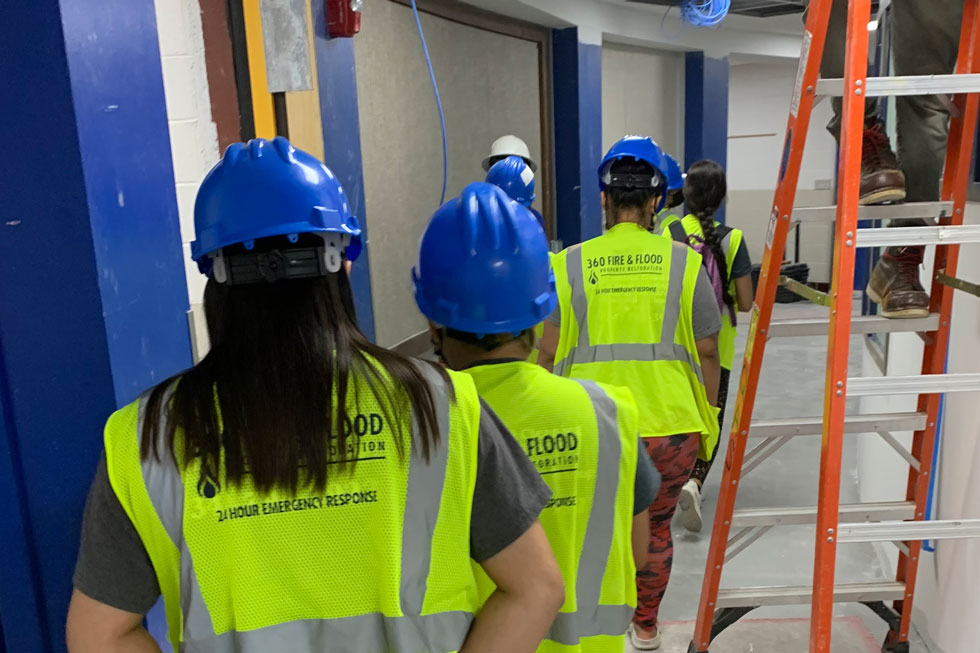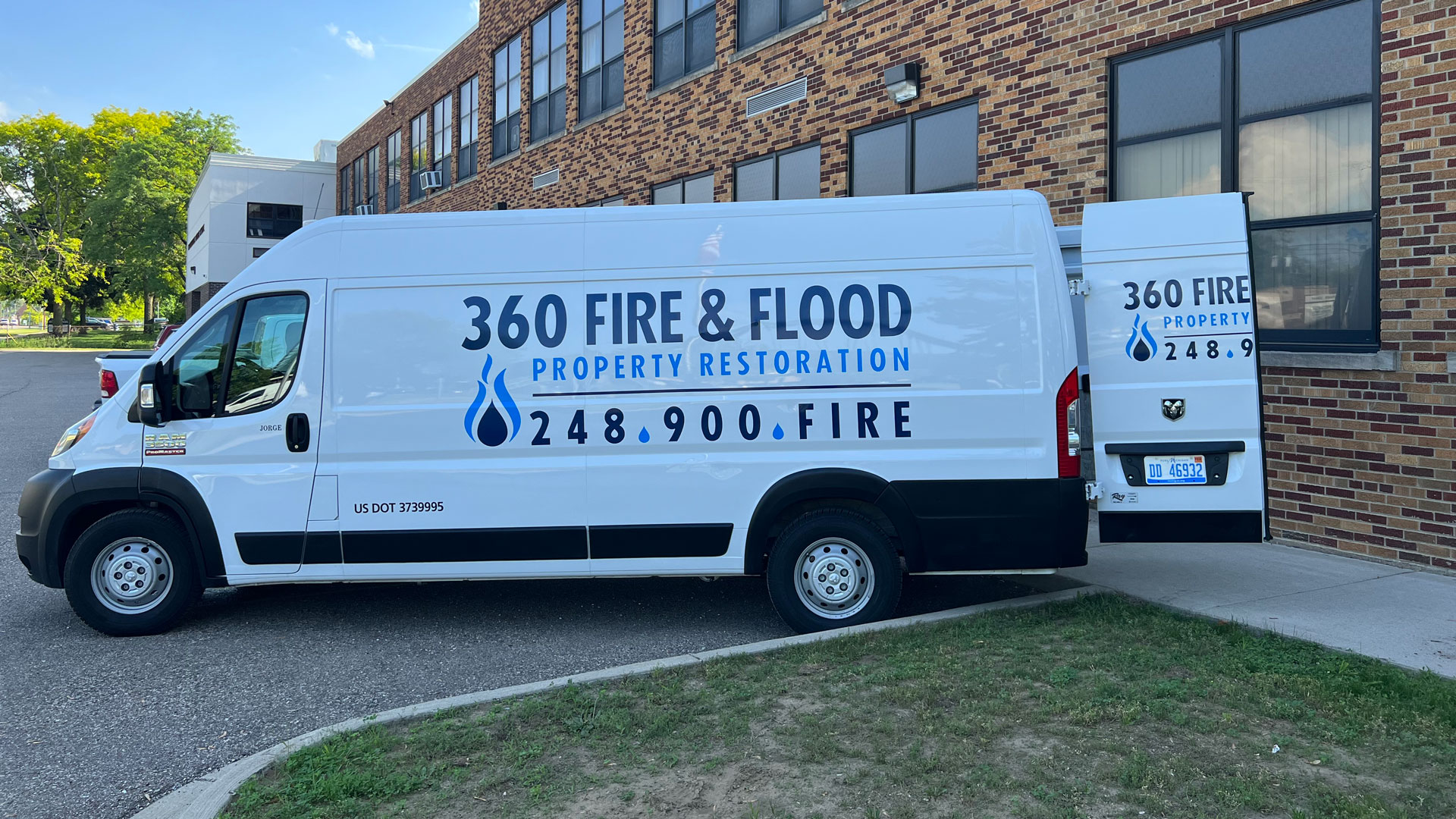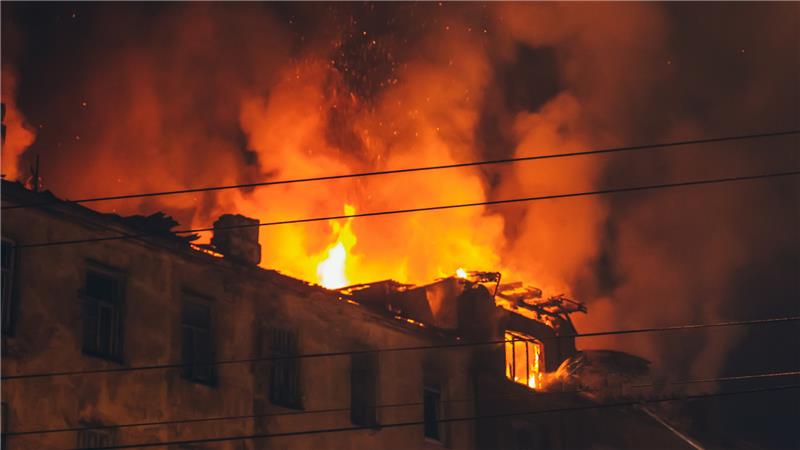As the crisp autumn leaves fall and the air turns cooler, it’s a reminder that nature’s unpredictability can pose potential risks to your business. At 360 Fire & Flood, we understand the importance of safeguarding your business against disasters, and we’re here to help you with comprehensive disaster planning and risk assessment services. In this blog, we’ll explore the significance of fall building maintenance, and how a well-rounded risk assessment can help ensure your business remains resilient in the face of adversity.
Identify, Evaluate, and Assess Risks
The first step in any effective disaster planning process is to identify, evaluate, and assess the risks associated with your business. Nature can throw a wide array of challenges your way, from storms and flooding to fires and other unforeseen events. At 360 Fire & Flood, we’re passionate about protecting your business from these potential disasters. Our experienced team has worked on numerous unique projects, giving us the knowledge and expertise to prepare your business for complete readiness.
360 Fire & Flood offers a range of disaster planning tools and services to help you better understand your business’s vulnerabilities and how to mitigate them. One of the key components of our services is the comprehensive site assessment. This assessment helps your business confront possible problems head-on, ensuring that you’re prepared to process, react, and rebuild in the event of a disaster.
The Importance of Fall Building Maintenance
As we transition into fall, it’s crucial to recognize the significance of building maintenance. The changing season brings specific challenges that, if ignored, can exacerbate the impact of any unforeseen disasters. Here are some key aspects of fall building maintenance to consider:
Roof Inspection and Repair
Falling leaves and debris can accumulate on your roof, leading to potential leaks and damage. Regular inspections and repairs can help prevent water infiltration during storms.
Gutter Cleaning
Clogged gutters can result in water overflow, potentially leading to flooding and structural damage. Ensure your gutters are clear and free-flowing.
HVAC System Maintenance
As temperatures drop, your heating and ventilation systems must be in top shape. Regular maintenance will help prevent disruptions and ensure a comfortable working environment.
Tree and Landscape Maintenance
Falling branches and debris from trees can damage your property during storms. Trimming and maintaining trees and landscaping can reduce these risks.
Inspection of Drainage Systems
Proper drainage is essential to prevent water accumulation around your building. Make sure your drainage systems are functioning correctly to avoid flooding.
Exterior Inspections
Check for cracks, gaps, or any damage to the building’s exterior, as these can be entry points for water and pests. Address any issues promptly.

Preparing for the Unpredictable
While diligent fall building maintenance can mitigate risks, disasters can still happen. That’s where a comprehensive risk assessment, coupled with disaster planning, becomes invaluable. By understanding your business’s specific vulnerabilities and potential risks, you can implement proactive measures to protect your assets and ensure continuity in the face of adversity.
Conclusion
Fall is a season of change and preparation. As you enjoy the beauty of autumn, don’t forget to prepare your business for the challenges it may bring. At 360 Fire & Flood, we’re here to assist you with comprehensive disaster planning and risk assessment services. By identifying and mitigating risks, as well as conducting thorough fall building maintenance, you can ensure that your business remains resilient, even in the face of nature’s unpredictability. Contact us today to speak with a disaster planning expert and take the first step toward safeguarding your business. Your future success may depend on it.



